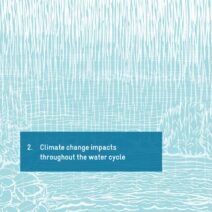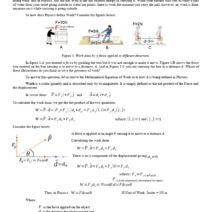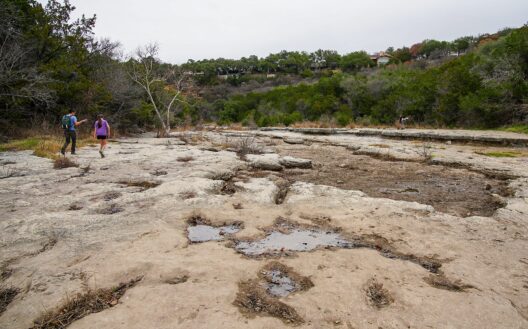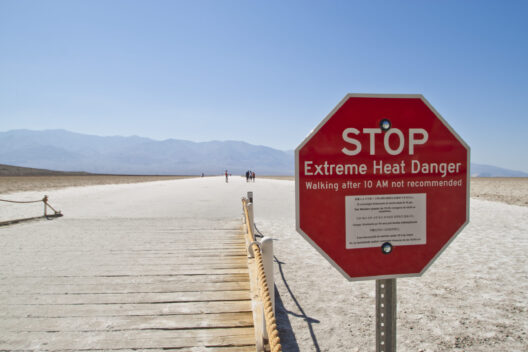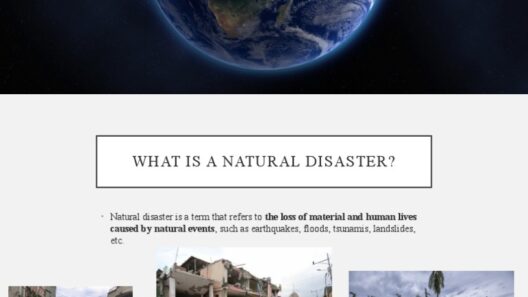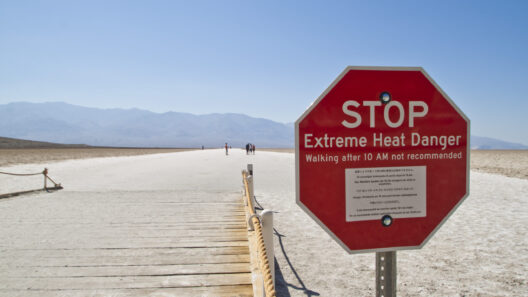As discussions around climate change intensify, one pressing question emerges: Is climate change transforming every hurricane into an uncontrollable beast? The ramifications of a warming planet are profound, altering weather patterns globally and enhancing the ferocity of tropical storms. In the wake of devastating hurricanes, understanding the intricate relationship between climate change and hurricane intensity is imperative.
To appreciate the gravity of the situation, one must first understand the mechanics of hurricanes. These colossal storms form over warm ocean waters, draw energy from the heat, and undergo a ferocious development process. Typically, warmer sea surface temperatures lead to increased evaporation, which in turn fuels storm intensification. With climate change, ocean temperatures are rising at an alarming rate, resulting in more energy available for storms. This observation begs a key question: are the hurricanes of tomorrow destined to be more formidable than their predecessors?
Research suggests a troubling trend. According to prevailing scientific consensus, as global temperatures rise, we can expect hurricanes to become more powerful and destructive. This is attributed to two primary factors: increased sea surface temperatures and changes in atmospheric conditions. Warmer water not only enhances a hurricane’s potential to grow but also increases its capacity to generate heavier rainfall. This dual threat of increased wind speeds and precipitation can lead to catastrophic flooding in vulnerable regions, amplifying the overall impact of such natural disasters.
Furthermore, the prevailing wind patterns and atmospheric circulation are shifting. Climate change influences the jet stream, which can alter the path and speed of hurricanes. As storms slow down, the risk of prolonged rainfall and flooding escalates, putting entire communities in jeopardy. The dichotomy of rising windspeeds coupled with stagnant storms creates a perilous situation that demands our immediate attention.
Moreover, the features of development in coastal regions exacerbate the vulnerabilities associated with hurricanes. Urbanization, combined with inadequate infrastructure to withstand severe weather, renders cities particularly susceptible to the onslaught of more intense storms. The human response to such threats often involves construction and armoring of coastlines, yet this can inadvertently lead to greater harm. Coastal ecosystems, like wetlands and mangroves, traditionally serve as natural barriers against storm surges. However, as these ecosystems are encroached upon, the risk of disaster increases. Without adaptive measures that consider environmental preservation, society will find itself facing ever-greater challenges.
It is also worth factoring in the phenomenon known as “hurricane rapid intensification,” which has become increasingly frequent in recent years. This occurs when a storm suddenly strengthens by at least 35 mph in a 24-hour period. The rise in speed and intensity can take communities by surprise, limiting preparedness and heightening disaster response challenges. With climate change posing significant questions regarding predictability, the stakes continue to rise.
Moreover, the socioeconomic implications of climate-related hurricanes cannot be overstated. Vulnerable populations, often situated in the path of severe storms, face staggering impacts due to their limited capacity to adapt to such changes. Disparities in wealth and resources place specific communities at heightened risk, where recovery from a hurricane can take years, if not decades. Addressing climate-related injustices must be part of a comprehensive strategy to mitigate the devastation of these storms. As the frequency and intensity of hurricanes continue to rise, humanitarian assistance and disaster preparedness must be deftly interwoven into climate change frameworks.
In addition, one must confront the notion of resilience. How do societies prepare for the inevitable increase in hurricane intensity due to climate change? Resilience refers not only to the capability to withstand storms but also the ability to adapt post-event. Coastal management must embrace sustainable practices that focus on ecological restoration and preservation. Financing renewable energy projects, protecting natural barriers, and advocating for climate-conscientious urban planning are all essential components in cultivating a resilient future.
Amid this grim landscape, there remains a ray of hope. The acknowledgment of the pivotal role humans play in either exacerbating or mitigating climate change shifts the narrative away from sheer despair toward actionable change. Policymakers, scientists, and activists are joining forces, leveraging data to influence strategies and promote sustainable practices. It is through collaborative efforts that communities can forge proactive responses to unprecedented challenges. Grassroots initiatives, informed by a blend of traditional knowledge and innovative technologies, are making strides in creating greener, more resilient environments.
In encapsulating the discourse surrounding hurricanes and climate change, a critical conclusion emerges: while climate change may be transforming hurricanes into more formidable adversaries, there exists an abundant opportunity for us to redefine our interactions with the environment. By fostering sustainable practices, investing in resilience, and committing to collective action, it is possible to diminish the impact of future storms. The task ahead is daunting, but through determination and ingenuity, society can face the threat of hurricanes together, proving that we can reshape our destiny in the face of climate change.
